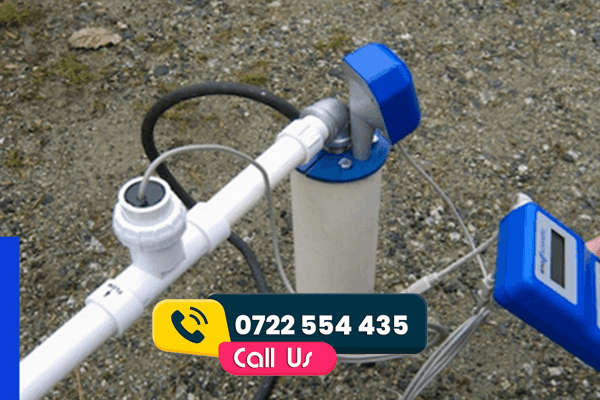Comprehensive Guide to Well Testing: Methods and Importance
Abstract: Well testing is a crucial process in the oil and gas industry that involves evaluating the properties and production potential of a well. This article provides an in-depth overview of various well testing methods, their importance, and the technology involved. From drillstem testing to production logging, this guide covers essential techniques used to assess reservoir characteristics and optimize hydrocarbon recovery.
1. Introduction to Well Testing:
Well testing, also known as reservoir testing or production testing, is a fundamental practice in the exploration and production of oil and gas. It involves obtaining data from a well to assess reservoir properties, such as pressure, permeability, fluid composition, and production rates. Well testing helps reservoir engineers understand the behavior of the reservoir and make informed decisions to maximize production efficiency.
2. Types of Well Testing:
2.1 Drillstem Testing (DST):
Drillstem testing involves temporarily isolating a specific section of the wellbore and reservoir for testing. A downhole tool, known as a testing tool or tester, is lowered into the well to measure pressure responses while controlling the flow of fluids. DST helps determine initial reservoir pressure, permeability, and fluid composition, aiding in reservoir characterization.
2.2 Buildup Testing:
Buildup tests involve shutting in a producing well and monitoring pressure changes over time. These tests provide insights into reservoir boundaries, permeability distribution, and skin damage near the wellbore. By analyzing the pressure buildup curve, engineers can estimate reservoir properties and assess the need for stimulation techniques.
2.3 Drawdown Testing:
Drawdown tests are performed by altering the flow rate from the well and monitoring pressure changes. These tests provide data on productivity index, skin damage, and reservoir boundaries. Drawdown testing helps engineers optimize production rates while avoiding formation damage.
2.4 Injection Testing:
Injection tests involve injecting fluids into the reservoir and observing pressure responses. These tests are crucial for understanding reservoir connectivity, injectivity, and sweep efficiency in enhanced oil recovery (EOR) projects.
2.5 Production Logging:
Production logging is used to diagnose production problems within the wellbore. Downhole sensors record fluid flow rates and identify zones contributing to production. This method helps locate water or gas breakthrough, assess fluid distribution, and optimize production profiles.
2.6 Mini-Frac Testing:
Mini-frac tests are performed by injecting small volumes of fluid at high pressures into the reservoir. This helps assess fracture properties, including closure pressure and fracture conductivity. Mini-frac testing is particularly valuable in unconventional reservoirs.
3. Importance of Well Testing:
Well testing offers several key benefits to the oil and gas industry:
- Reservoir Characterization: Well testing provides essential data to understand reservoir properties, enabling accurate reservoir modeling and simulation.
- Optimized Production: By evaluating well performance and identifying constraints, engineers can optimize production rates and minimize formation damage.
- Improved Recovery Strategies: Data from well tests aid in designing enhanced recovery strategies, such as hydraulic fracturing or water flooding, to maximize hydrocarbon recovery.
- Decision-Making: Well test results guide decisions on well completion, stimulation, and overall reservoir management, contributing to efficient resource allocation.
- Validation of Reservoir Models: Actual well test data can validate reservoir models and simulations, enhancing predictive accuracy.
4. Technology and Challenges:
Modern well testing involves advanced technology, including downhole gauges, sensors, and data acquisition systems. Real-time monitoring and remote data transmission enable prompt decision-making. However, challenges such as wellbore effects, fluid property variations, and equipment reliability must be addressed to ensure accurate results.
5. Conclusion:
Well testing remains an indispensable practice for the oil and gas industry. By utilizing various testing methods, engineers can gather essential data to understand reservoir behavior, optimize production, and make informed decisions. As technology advances, well testing continues to evolve, enabling more accurate reservoir characterization and efficient hydrocarbon recovery.
In conclusion, well testing is a multidisciplinary endeavor that combines engineering, geology, and data analysis to unlock the potential of oil and gas reservoirs. As the energy landscape evolves, well testing remains a cornerstone of reservoir management and hydrocarbon extraction.
Free Blogging Platforms to start your blog on
Samsung Service Centers in Nairobi, what you can get

